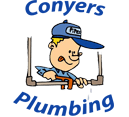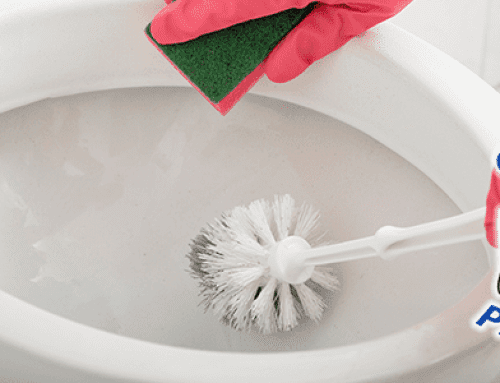The toilet is the hardest working and most frequently used appliance in your home. So when there’s a problem, it is usually an urgent matter. We thought it would be helpful to walk through some of the most common problems we see. All of these repairs require a professional, but perhaps it won’t feel so daunting if you know it happens to the best of us.
First, to fully understand this article, it might be helpful to see how a toilet works.
The Toilet Won’t Stop Running
When a toilet runs constantly (water is constantly flowing into the tank through the fill valve), it wastes water and costs money. The problem is usually in the fill tank.
The water level in the tank is dropping:
- Check the flapper. If it’s not sealing the flush valve opening, water from the tank will continually leak into the bowl and the toilet will run constantly to keep the tank filled.
- If the flapper appears to be in good shape, then the flush valve may be the culprit.
The tank isn’t leaking, or the water level is high enough to spill into the overflow tube:
- The fill valve may need cleaning or replacing. Again, leave this task to the professionals!
- Debris in the fill valve can prevent the water shut-off mechanism from working correctly.
The Toilet Leaks
Address a leaking toilet as soon as you notice the problem. Water will damage your floor and sub-floor. Furthermore, you may be dealing with waste water, so wear waterproof gloves when cleaning up the leak. Here are a few reasons where and why the leak may be occurring:
Leak at the water supply valve
- Tighten the nut behind the valve about an eighth of a turn. Be careful not to damage the supply pipe. You may also need to hold the pipe while turning the nut.
- Also, check the supply line connection to the supply valve and tighten if needed.
Leak where the tank connects to the toilet bowl:
- Check the bolts that secure the tank to the bowl and tighten if needed.
- Then, check for cracks in the tank. If the tank is cracked, you’ll likely need the toilet tank or the entire toilet replaced. Remember, do not attempt these repairs yourself. These tasks are better left to professional plumbers.
Water dripping from the side of the tank:
- Check for cracks in the tank.
- If the tank isn’t cracked, the water may be condensation caused by cool water entering the tank in the warmer, humid space of the bathroom. Run your bathroom exhaust fan as needed to ensure proper ventilation. Condensation can also result from a leaking flapper; the tank will drain continually, and cooler water will be constantly entering the warmer tank.
The Toilet Won’t Flush Correctly
The toilet is clogged:
- If you have a clogged toilet, turn off the water supply valve as soon as you notice the toilet is not flushing properly. This can help prevent the mess of the bowl overflowing. To learn how to unclog a toilet, here’s a handy tutorial.
The toilet doesn’t flush:
- Adjust the flush handle, if necessary. It could be too loose or too tight.
- Next, check the flush lever lift arm and adjust or replace as needed.
- You can then check the lift chain and make sure it’s properly attached to the lift arm and the flapper at the base of the flush valve. Untangle or adjust as needed.
- Make sure the flapper seals the flush valve opening. A professional will need to replace the flapper if it is damaged or warped.
The toilet doesn’t flush completely:
- Make sure there’s not too much slack in the lift chain. Adjust as needed.
- Check for a proper water level in the tank.
- Make sure the flapper is installed properly and is the correct size and type for your toilet. It may need to be replaced.




